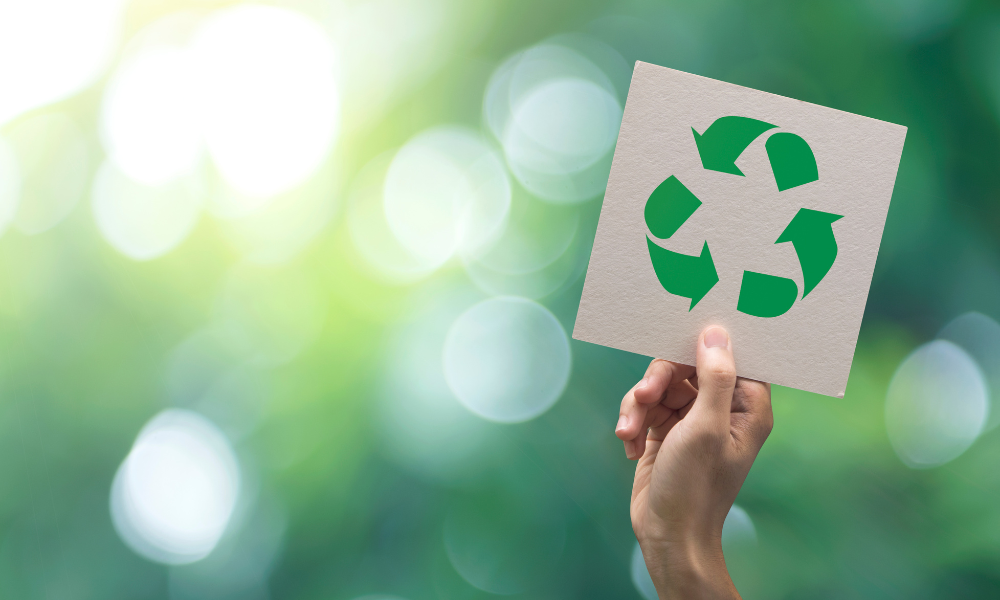Great news: the solar panels on your home solar system now have a life expectancy of up to 40 years! That number has doubled in the last fifteen years alone, and the technology is only improving. While forty years is a long time, solar panels will, nevertheless, reach end-of-life at some point. So, what happens when that time comes?
Even better news: the waste from end-of-life solar panels can be recycled and reused to create new solar panels! It’s the truest form of renewable energy. According to reporting by the International Renewable Energy Agency, by 2030, the cumulative value of recoverable raw materials from end-of-life solar panels will be about $450 million globally, which is equivalent to the cost of raw materials currently needed to produce about 60 million new panels.
Time to Prioritize Solar Panel Recycling
But now is the time to start prioritizing solar panel recycling, even with the longer life expectancy of solar systems. Until January 2021, solar panels were considered hazardous waste materials and by law, could not be thrown in landfills. Unfortunately, solar panels have since been reclassified as “nonhazardous” waste materials, which means there remain some careless companies who will use this reclassification to dispose of their solar panels in landfills.
This is not only irresponsible, but it’s a tremendous waste in every sense of the word. Through recycling solar panels, not only will we save space in landfills, but we will also capture the value of the raw materials and create an entirely new job sector in the field of renewable energy!
What is Crystalline-Silicon Solar?
Crystalline-silicon solar is the most common technology used in solar panels. These types of panels are constructed with the following:
- An aluminum frame
- Polymer layers with a back sheet
- Glass
- Silicon solar cells
- Copper wire
- A plastic junction box
Many of these components can be broken down and recycled. Glass accounts for most of the weight in a solar panel at roughly 75%, and glass recycling is already a well-established practice. Other materials that are easily recyclable include the solar panel’s aluminum frame, copper wire, and plastic junction box, which also saves on the cost of sourcing new materials for increasing solar demand.
Renova Energy is Establishing a Solar Panel Recycling Plant in SoCal
In 2020, a solar panel recycling facility was successfully established in Australia, but now it’s time to bring that formula to the U.S. At Renova Energy, our Coachella Valley solar experts are currently working toward establishing a solar panel recycling plant in Southern California with the intention of creating a battery recycling facility as well. Let’s keep moving toward a green energy future!
To learn more about what our Coachella Valley solar experts are doing to create a greener future, contact us!

